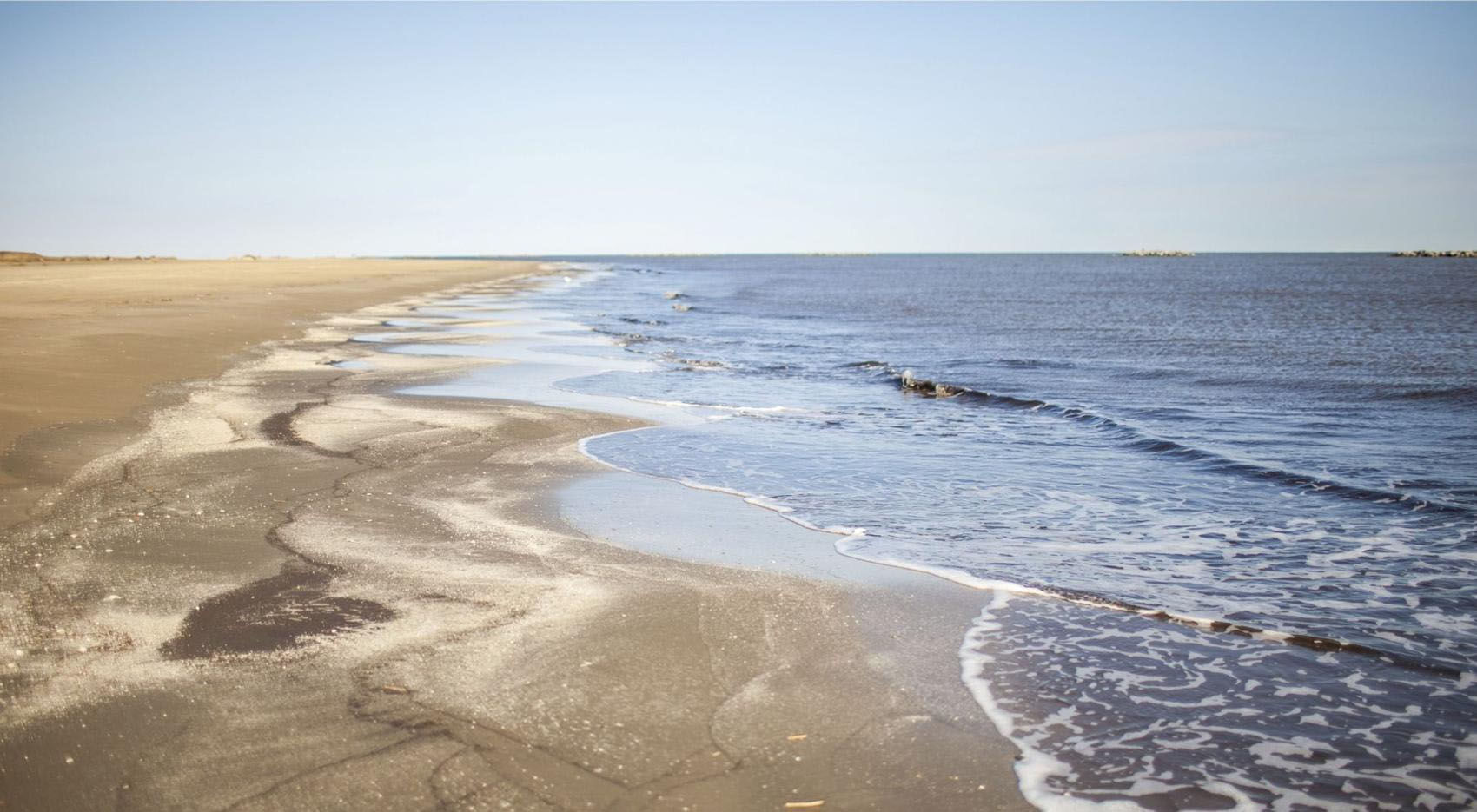
Is Your Supermarket Reducing Plastic Pollution?
June 19, 2019
Joyce Zeringue
June 19, 2019With the recent predictions of flooding and a down shrimp season that have been made due to the excess of water in the Mississippi River, now there is another forecast that cautions the people of south Louisiana.
The LSU Louisiana Universities Marine Consortium (LUMCON), in a summer forecast published earlier this month, is predicting a large hypoxic zone, also known as “dead zone”, in the northern Gulf of Mexico. In these dead zones, most marine life dies — or if mobile, like fish — leave the area; this creates what is essentially a biological desert, according to the National Oceanic and Atmospheric Administration (NOAA).
The dead zone is directly linked to the freshwater flowing down the Mississippi River into the Gulf of Mexico. “Hypoxic conditions are dependent on river discharge because of the influence that water volume and salinity have on the physical structure of the water column and on the nutrient load delivered to the coastal zone,” the LSU LUMCON forecast reads.
“Nutrients from the Mississippi River watershed, particularly nitrogen and phosphorus, fertilize the Gulf’s surface waters to create excessive amounts of algal biomass, whose decomposition in the bottom layer leads to oxygen depletion,” the report explains. “The low oxygen conditions in the Gulf’s most productive waters stresses organisms and may even cause their death to threaten living resources, including humans depending on the fish, shrimp and crabs caught there.”
LSU LUMCON’s forecast estimates the hypoxic zone will cover 8,717 square miles of the bottom continental shelf off Louisiana and Texas by late July. The size is 67 percent larger than the average.
There is a 95 percent confidence interval that is between 7,889 and 9,583 square miles in the forecast.
The summer forecast has also been historically accurate. “Our statistical models, and
their predecessors, are fairly accurate models based on past performance. The predictions in 2006, 2007, and 2010, for example, were 99 percent, 107 percent, and 99 percent, respectively, of the measured size,” the 2019 forecast states.
However, the report acknowledged, large storm events and unusual weather patterns that affect coastal winds may affect the hypoxic zone, forcing it to be lower than predicted. If a significant tropical storm does occur during or within two weeks before of their “monitoring cruise”, according to the report, the dead zone is estimated to be 70 percent of the predicted size without a storm.
Although LSU LUMCON’s report says nitrogen loading of the Mississippi River to the Gulf of Mexico has not increased substantially in the last decade, and may have stabilized in some tributaries, the study acknowledges that high nitrate levels can have damaging effects on an area.
“Some consequences of water quality degradation include higher sewage treatment costs, seafood price increases and compromises to fish reproduction,” the report states. “There are documented links between nitrate in drinking water and birth defects….and bladder and thyroid cancer. Furthermore, the strictly nutrient-related issues are co-developing with other problems (e.g., ocean acidification and climate change) whose cumulative and synergistic interactions may be even more socially and ecologically significant.”
There are ways to restore water quality, however, such as changing farming practices from states dumping into the Mississippi River.
“We conclude from these observations, and others, that the hypoxic zone is considerably larger over time as nitrate-N loads increased as a result of farming practices…Cropping choices can be changed to reduce the quite high nitrate yields characteristic of the region…,” the report acknowledges. “These nitrate yields contribute to a variety of natural resource management problems, including those of water quality inland and offshore, soil health, and wetland restoration. Water quality improvements, therefore, can be made at scales ranging from the farm level to the watershed.”







